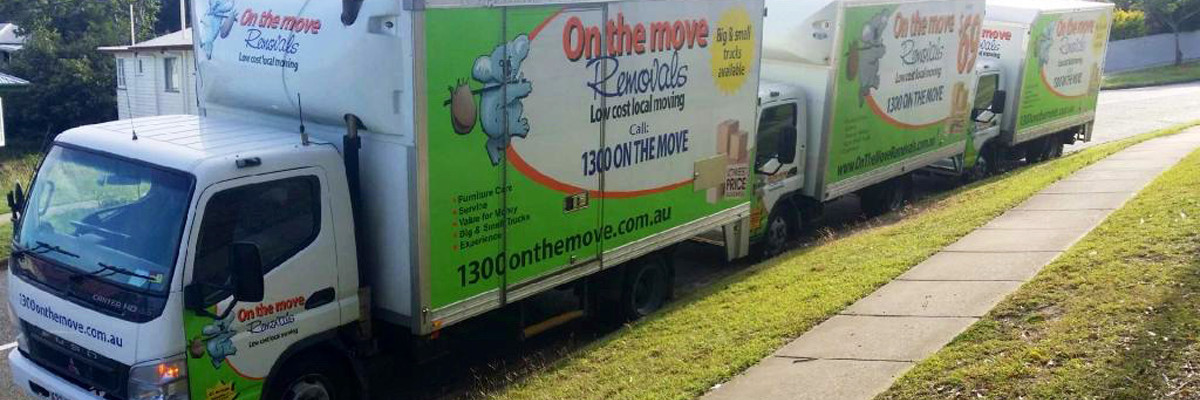A property might appear to have the perfect layout in terms of its bathrooms, bedrooms and living spaces at first glance. But is it the right layout for you and your family?
“It’s often hard for buyers and renters to visualise how a layout will work for them,”. “But it’s important to do so, because changing the layout can be very costly.”
Design flaws to watch out for include having a toilet or bathroom located off the main living space. It’s more discrete to distance toilets away from living spaces via a hallway or room.
Houses that are poorly ventilated in summer yet damp in winter are not ideal; nor are bedrooms that are fully exposed to the eyes of prying neighbours.
“It’s far better to have three good-sized bedrooms than four small ones. Similarly, an open plan living and dining room often has more appeal than a small lounge with a separate dining room.”
Luke Whittington, owner of Living Space Constructions, says the layouts of many houses and apartments have fallen out of fashion.
“It’s outdated to have a hallway with lots of doors leading off it into small enclaves. It’s better to have kitchens that face out onto open-plan lounge and living areas, or knock out the doors between a kitchen and laundry to maximise living spaces,” Whittington says.
Bedrooms located on either side of a bathroom are ideal for midnight trips to the loo, whereas bathrooms distanced from bedrooms by steep flights of stairs are less convenient. Inside the bathroom, wall-hung vanities and toilets maximise visible floor space, which is preferable to having sinks, bathtubs and cisterns overcrowding the room.
At open inspections, many homebuyers get so carried away by a property’s location they overlook flaws in the layout. Unfortunately, when it comes to altering floor plans, what’s broken can’t always be fixed.
“Generally any wall can be removed at a cost, but renovations are often expensive and a hassle,” Whittington says.
So what should you look out for when weighing up a property’s layout?
“A north-facing house or garden is preferred for winter sun, although having adequate shade in summer should also be considered. Older-style houses were often designed to keep cool in summer before the introduction of air-conditioning, so they can be damp and cold,”.
Letting in more light or widening windows improves warmth and airflow, but modern layouts can also be problematic. “The danger is to design modern homes with too much glass, which allows too much heat into a home and requires a huge reliance on air-conditioning.”
Feng shui consultant Elizabeth Wiggens, founder of Feng Shui Living, says the key to choosing the right layout for your lifestyle is as simple as trusting your instincts.
“Check the location of power boards and electricity switches as some people don’t like sleeping close to power mains. Make note of the things you can’t change, like the vacant block next door to your apartment block, or the ugly building across the road,” Wiggens says.
“Generally speaking, you should trust your intuition. If the layout feels good, go with it. If it doesn’t, don’t try to justify it — you probably feel that way for a reason.”
Once you have found the perfect layout for your home and your happy with everything, you then need to find a removalist company that is experienced and offers value for money.
On The Move Removals will get the job done for you, stress free, great vlaue and you can just sit back and relax.
Mrs Plan Ahead and save time stress and money
Eight weeks before the move
- Set the date for your move
- Sketch a floor plan of your new home. Photocopy this plan and then draft onto it the layout for your furniture. Will everything fit? Perhaps some furniture may need to be sold or given away
- Start using up all the food from your freezer to save it spoiling during the move
- Clean out clutter. Perhaps hold a garage sale or donate items to charity
- Start developing a list of all the people who will need to learn of your new address. As mail is received, check that the sender is on your list of people to inform. This will include friends, relatives, banks, any subscriptions or catalogues, etc
Six weeks before the move
- Arrange for the transfer of your children’s school records to their new school
- Start notifying others of your forthcoming change in address. This is especially important for any businesses you may deal with as it can often take time to update your address on their systems.Why not produce a moving notice and photocopy this for distribution
- Fill in a form at the post office to have your mail redirected
Four weeks before the move
- Arrange for final readings of your services, e.g. gas, water and electricity, to be performed just prior to your move. Also organise for these services to be connected in your new home prior to your arrival
- Make sure that your telephone is connected at both your new and old addresses during the move.
- This will allow for communication between the two places should this be necessary. Alternatively, borrow two mobile phones if you don’t have them
- If you are going to need temporary accommodation, make the necessary hotel/motel bookings
Three weeks before the move
- Drain fuel from barbecues and mowers
- Dispose of inflammable items not suitable for storage – paints, solvents, pressure packs and fuels
- Reassess your house and contents insurance
- Two weeks before the move
- Transfer all your bank accounts to new branch locations
- Cancel all deliveries, e.g. newspaper, milk
- Arrange disconnection/reconnection of gas, electricity and telephone
- Contact the council where you are going to reside to find out about garbage pick-up, local regulations and other information
One week before the move
- Clean out cupboards, sweep the floors and ensure the house is tidy for its next inhabitant
- Return all library books and rented videos. Also don’t forget to collect any dry-cleaning, shoes from the repairer or lay-bys
Moving day
- Double check rooms, cupboards, drawers, shelves, outdoor areas and the garage to make sure you’ve taken everything
- Turn off all services, including the mains switch and taps
- Lock all windows and doors securely
- Leave the old house keys with the real estate agent for collection by the new inhabitant
- Check to see if all the services are on and appliances are working in your new home
- Register for voting in the new electorate
- Visit your new post office to see whether they are holding any mail for you
Remember your pets needs
PETS
We must not forget our beloved pets. If at all possible, we strongly advise, that you organise for a friend or relative to look after your pets for the duration of the move. Animals, especially Cats and Dogs, can always sense when something out of the ordinary is happening and can quite often hide or run away if there is some disruption in their lives. We have always find that it is better not to introduce them to your new home until all of your furniture is moved into the new home so they then have some sense of recognition and recognize the familiar scent of your belongings…
I dont know how true it is bit there is an old wives tale about putting butter on your cats paws when you settle them into your new home…apparently apart from the sticky floor you will have they sit there and lick it off and that action helps them stay in the new home…ITS CRAZY BUT TRUE.




Recent Comments